The Politics Of American Disaster Relief
October 25, 2017 in Daily Bulletin
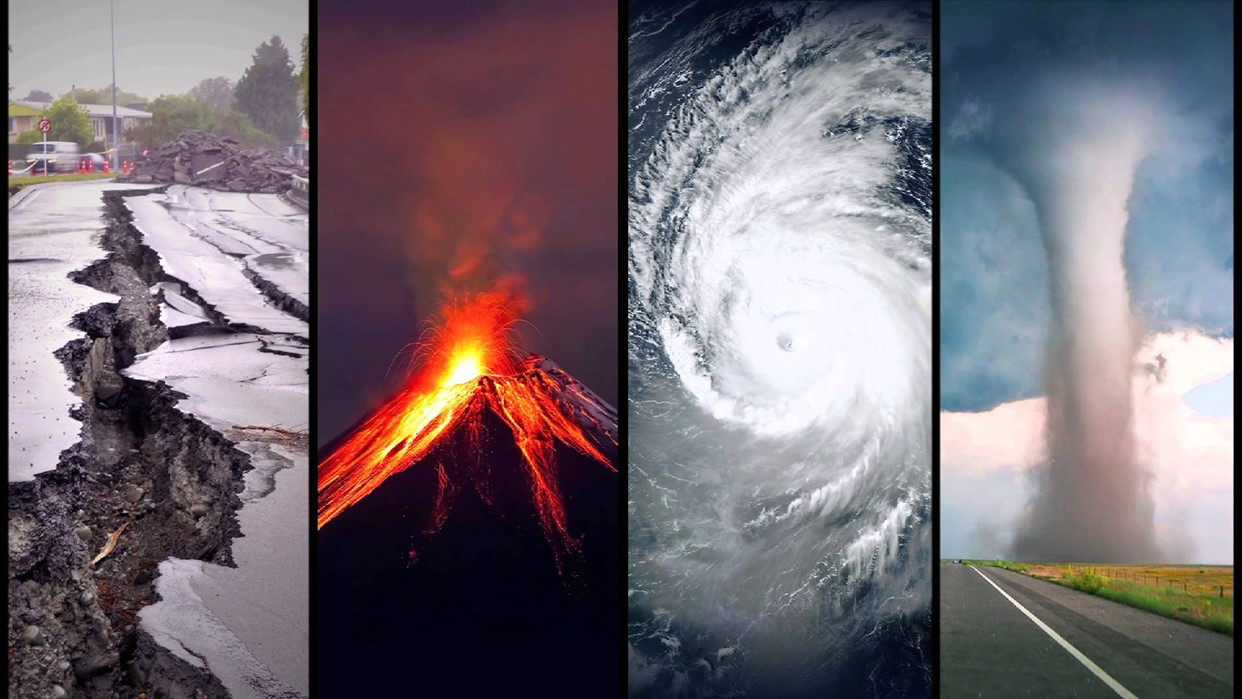
Diaster relief in America is sensitive to electoral concerns wrote The Economist:
- A study found that both Republican and Democrat Presidents are twice as likely to declare a disaster if a calamity occurs in a politically competitive swing state such as Ohio or Florida.
- Voting for the President helps. A 1% percentage increase in the number of votes for the President’s party is correlated with a 1% increase in disaster funding.
- This form of electoral spending is expensive. It costs Presidents $27,000 for every additional vote it earns them.
- More responsible Presidents would invest in disaster preparation to stave off the need for aid in the future – but studies show that voters don’t reward Presidents that do this.
Read more on The Economist.

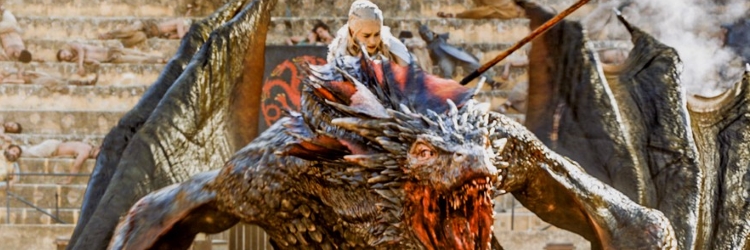








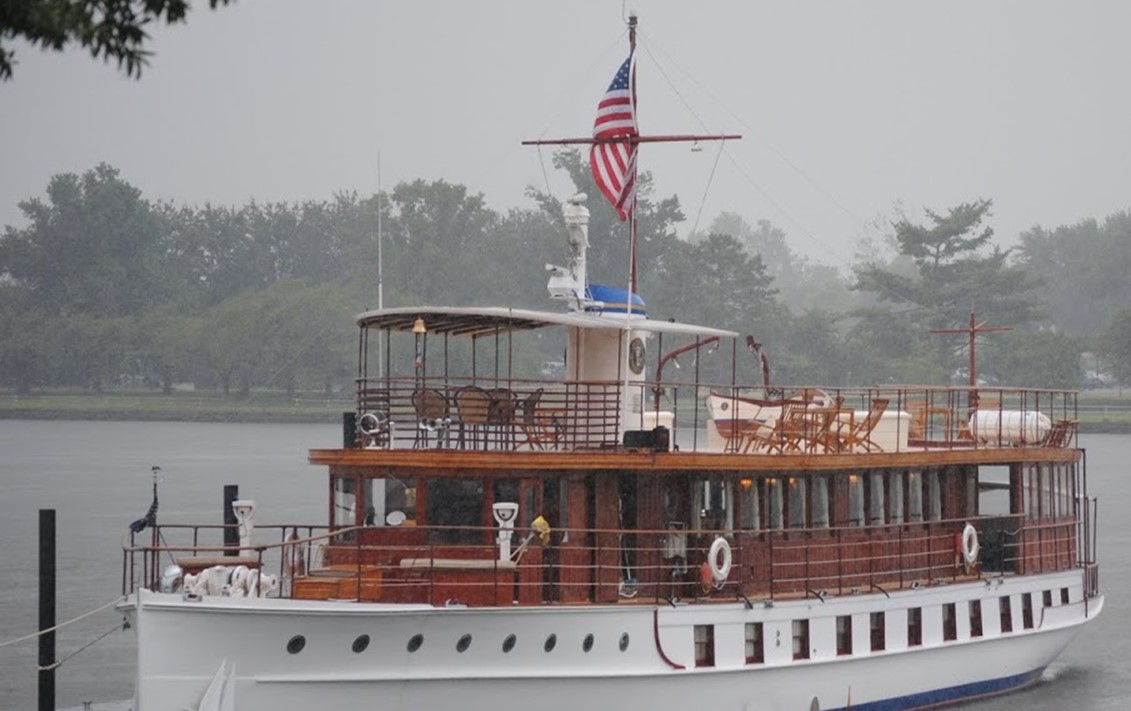
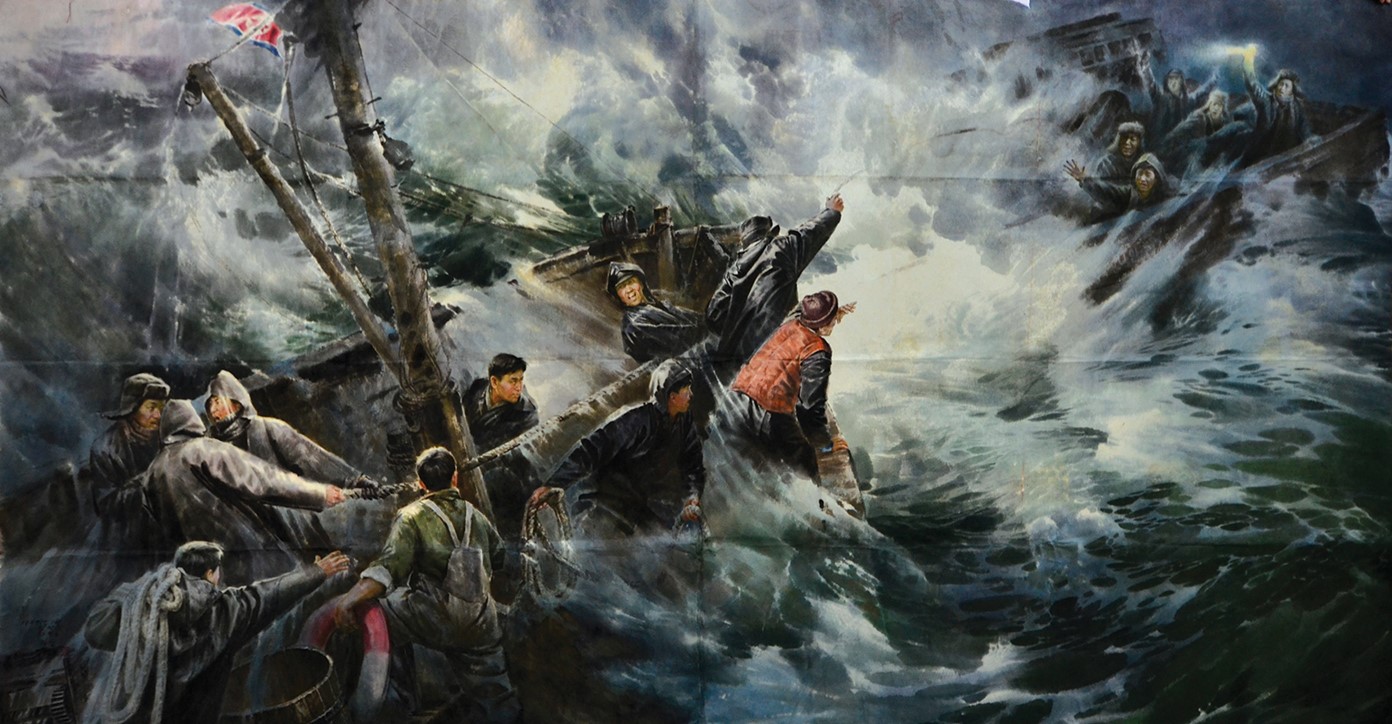

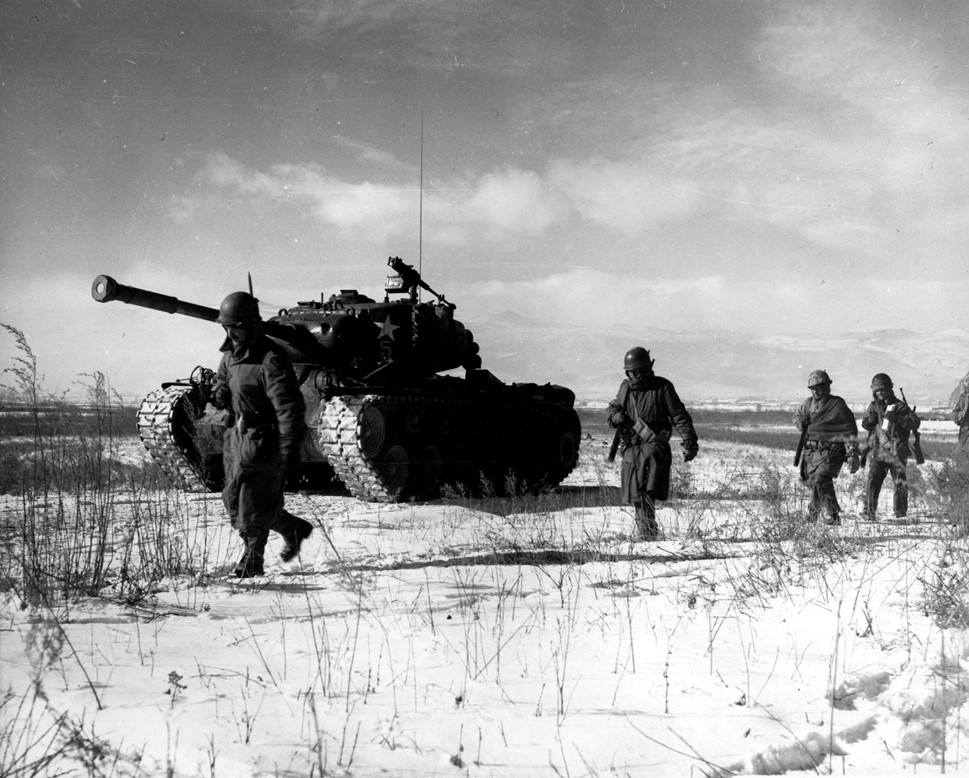
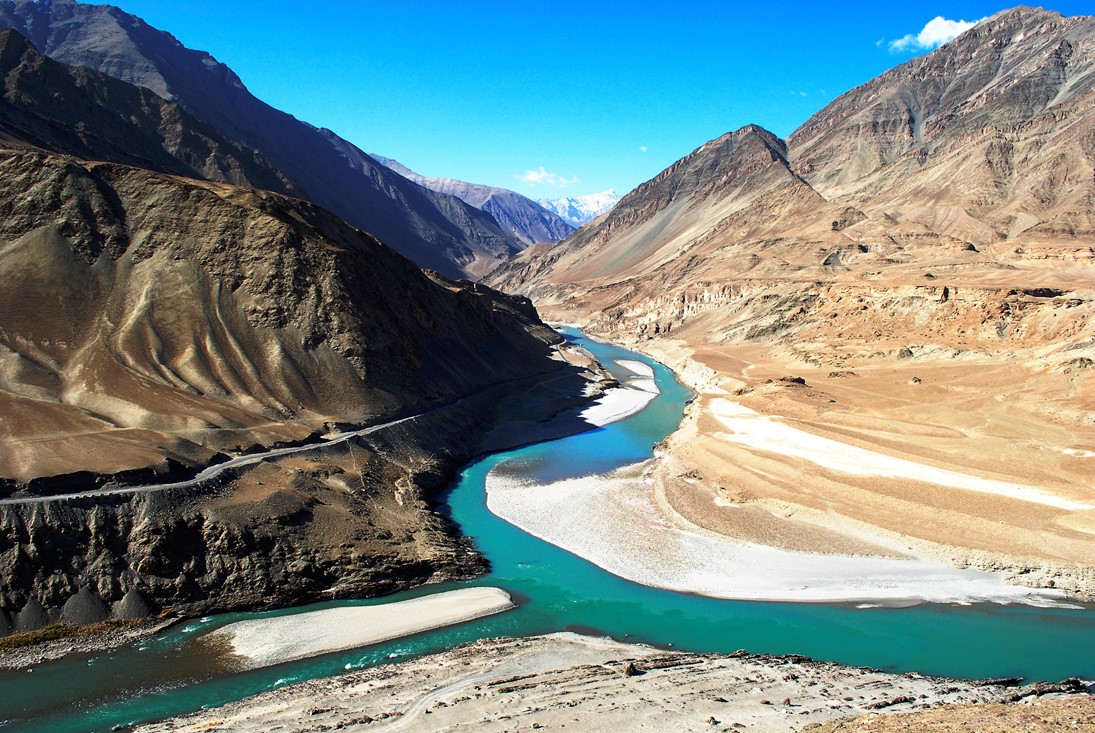
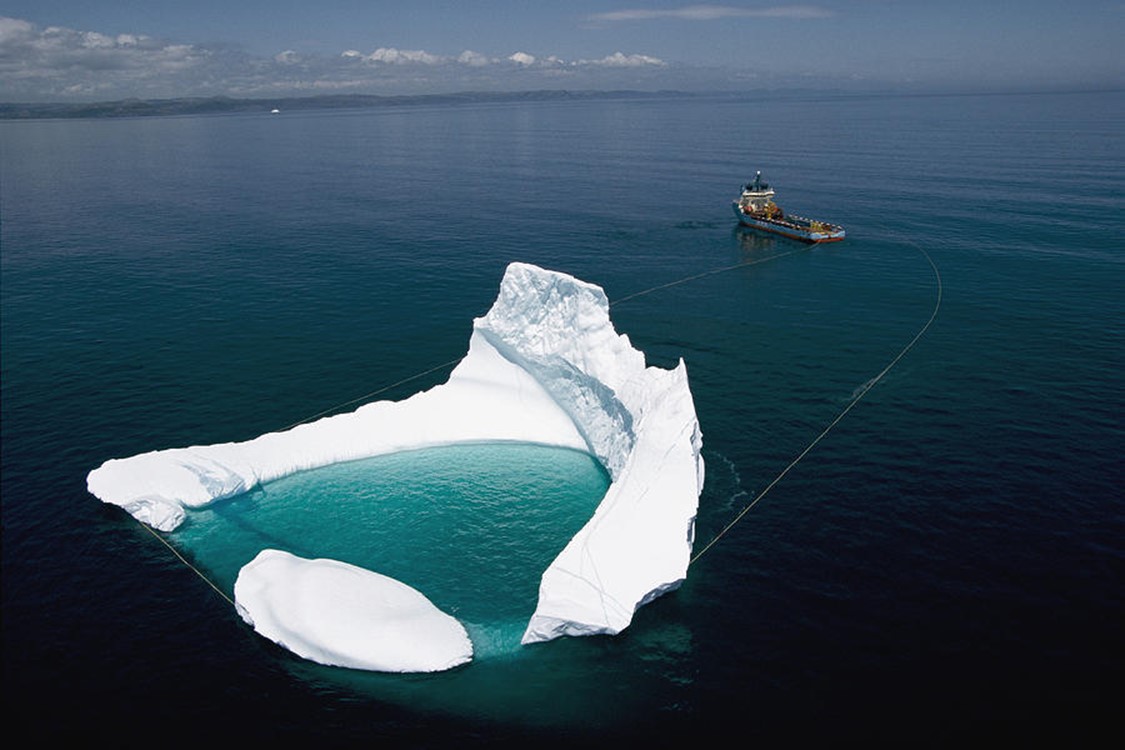

Join the Discussion! (No Signup Required)